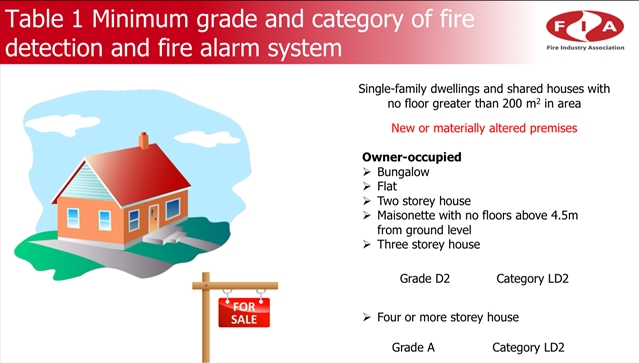Hi guys attended a Aico training day yesterday, and just wondered what everyone's interpretation of the regs are.
So say for a standard 3 bed new build house
A d1 LD2 system is required...do you all put smokes in the most habitable room as well as kitchen, hall, landing, utility etc ?
Also with solar would you put a smoke in a loft, this wasnt really covered. A solar team told me only if its covering the battery but the aico guy seemed to say if anything was up there including the inverter
Thank you

